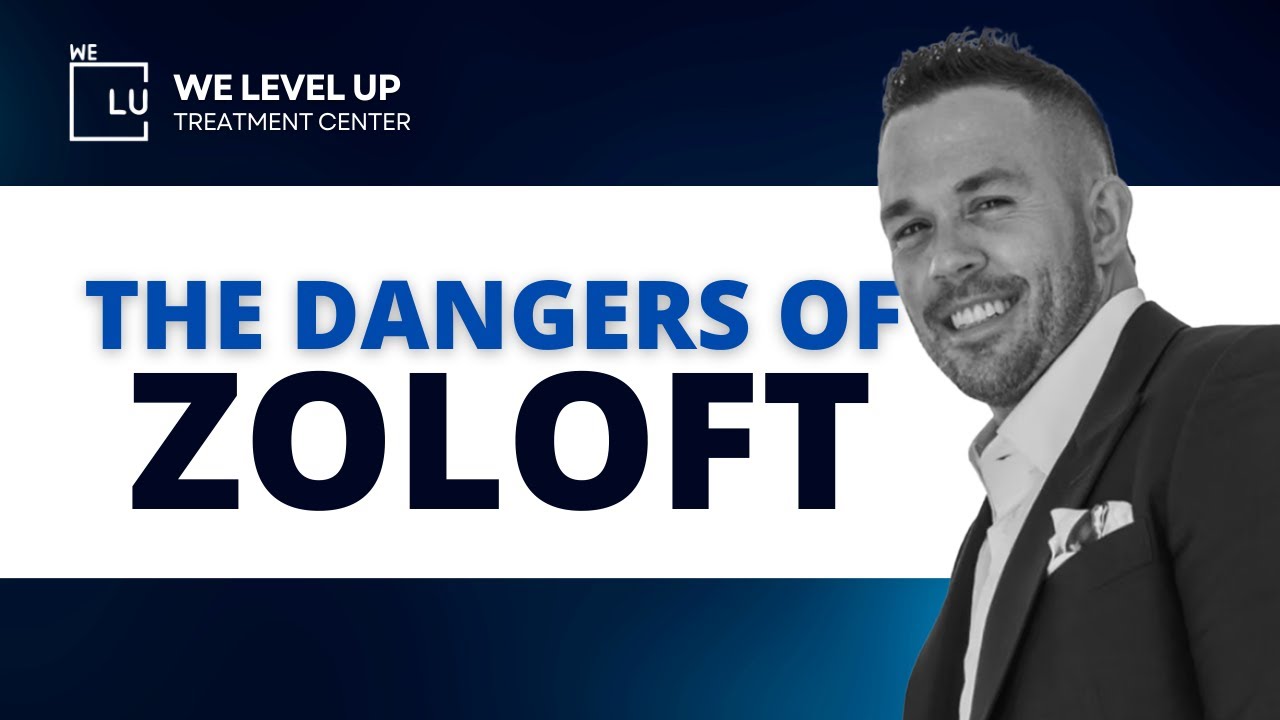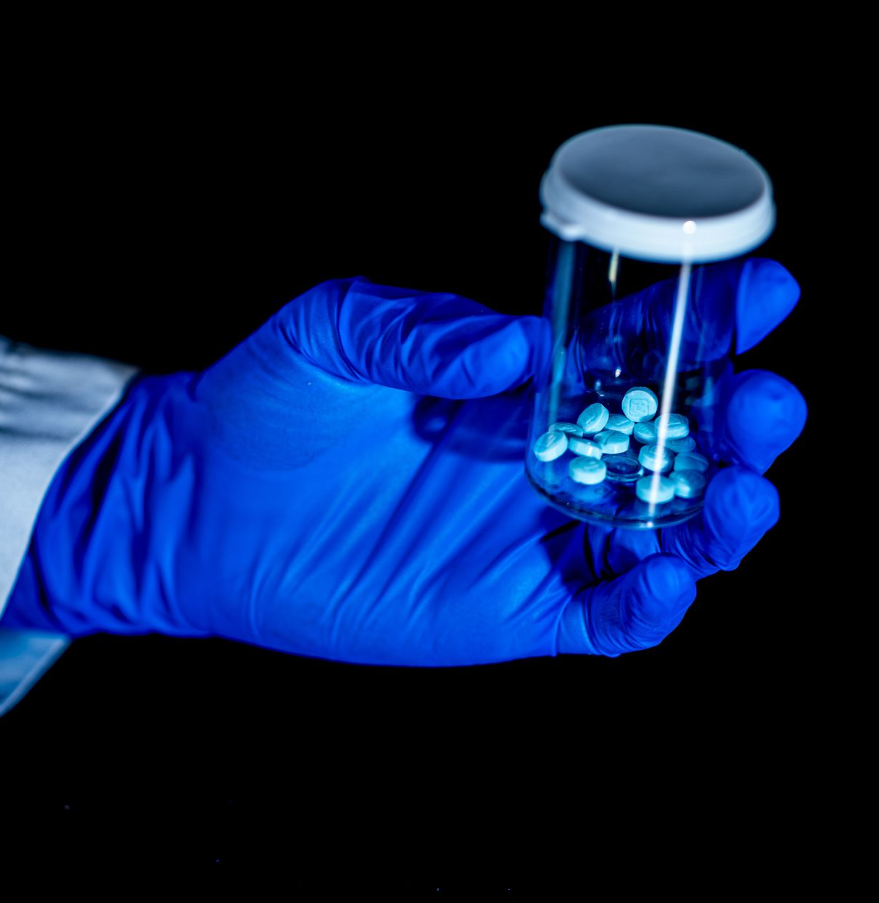Initially, fentanyl was developed as a synthetic opioid designed to alleviate severe pain resulting from accidents or surgical procedures. Its exceptional effectiveness in pain relief is attributed to its potency, requiring smaller doses than other painkillers. Fentanyl’s potency, being up to 100 times stronger than morphine, makes it a preferred option for managing intense pain in patients. However, this heightened potency contributes to the heightened risk of overdose when individuals seek to replicate the drug’s effects, making fentanyl one of the most challenging substances to overdose on.
The impact of synthetic opioids became alarmingly evident in 2020, with an estimated 56,000 overdose deaths in the United States attributed to these substances—an 18-fold increase from 2013 in synthetic opioid-related overdose fatalities. Wondering how does fentanyl make you feel? Continue reading.
If you or someone you know is suffering from a lethal dose of fentanyl, the We Level Up Treatment Centers can help. Speak with our hotline specialists and discover the support and professional-accredited addiction treatment programs we offer.
What Is Fentanyl?
Fentanyl, a synthetic opioid analgesic, boasts a potency 50 times greater than heroin and a striking 100 times more powerful than morphine. This drug serves medical purposes to heighten sedation during surgical procedures, manage moderate to severe pain pre- and post-operation, and alleviate distress in patients grappling with terminal illnesses. Acknowledging its lawful medical utility, the DEA categorizes it as a Schedule II drug.
In its prescribed, legitimate form, fentanyl goes by names such as:
- Actiq.
- Duragesic.
- Sublimaze.
While on the illicit market, it’s identified by street names like:
- Apache.
- China Girl.
- China White.
- Dance Fever.
- Friend.
- Goodfellas.
- Jackpot.
- Murder 8.
- TNT.
- Tango.
- Cash.
The calming effects, euphoria, and pain relief potential of fentanyl contribute to its highly addictive nature, compelling even individuals with no previous history of substance use or dependence.
How Does Fentanyl Make You Feel?
Fentanyl use can pose life-threatening risks, particularly during initial treatment, after a dosage increase, among older individuals or those with pre-existing lung conditions. It’s crucial to remain vigilant for any adverse reactions or unusual sensations while taking fentanyl. If you notice any fentanyl side effects or feel unwell, consult your healthcare provider promptly.
The side effects of fentanyl often mirror those of other opioids. These may include:
- Drowsiness, confusion, and dizziness.
- Nausea, vomiting, abdominal discomfort, and cramps.
- Constipation and diarrhea.
- Skin rash.
- Weakness or fatigue.
- Headaches.
- Incoherent or slurred speech.
- Problems with balance.
Short-Term Effects of Fentanyl
Immediate and profound effects may be experienced by individuals using fentanyl, whether intentionally or accidentally. Common short-term physical effects of fentanyl include:
- Intense euphoria: Fentanyl triggers a rapid feeling of pleasure and relaxation.
- Sedation: Fentanyl may induce extreme drowsiness or sedation, affecting normal functioning.
- Respiratory depression: Its impact on breathing can cause slowed or shallow breathing, leading to decreased oxygen supply and potentially respiratory failure.
- Nausea and vomiting: Fentanyl use can result in discomfort and potential dehydration due to nausea and vomiting.
- Confusion and disorientation: Fentanyl might cause confusion, disorientation, and impaired cognitive function, hindering clear thinking or sound judgment.
Long-Term Effects of Fentanyl
Continued fentanyl use can severely impact both physical and mental health over time. Some long-term side effects include:
- Tolerance and dependence: Prolonged fentanyl use may result in tolerance, requiring higher doses for the same effect. This can lead to dependence, where quitting or reducing usage causes withdrawal symptoms.
- Addiction: Fentanyl’s strong euphoric effects can trigger compulsive drug-seeking behavior, creating a challenging cycle of addiction, both physically and psychologically.
- Organ damage: Fentanyl abuse can harm vital organs, particularly the liver, kidneys, and heart. Reduced oxygen due to respiratory issues can also damage various body systems.
- Mental health disorders: Fentanyl use raises the risk of developing mental health issues like anxiety and depression by disrupting brain chemistry and impacting neurotransmitters’ natural balance.
Why is Fentanyl so Lethal?
Even the tiniest amount of fentanyl, just two milligrams, can dramatically slow down or completely halt your breathing. Insufficient oxygen reaching the brain can result in coma, permanent brain damage, and, ultimately, death.
A barely visible speck of fentanyl is potent enough to be fatal. Dealers are increasingly using larger quantities of this synthetic opioid to dilute their drugs. This lethal mixture has led to fentanyl overdoses becoming the leading cause of death among American adults aged 18 to 45, as reported by the Centers for Disease Control & Prevention (CDC).
In 2021, an estimated 77% of overdose deaths in the United States involved fentanyl.
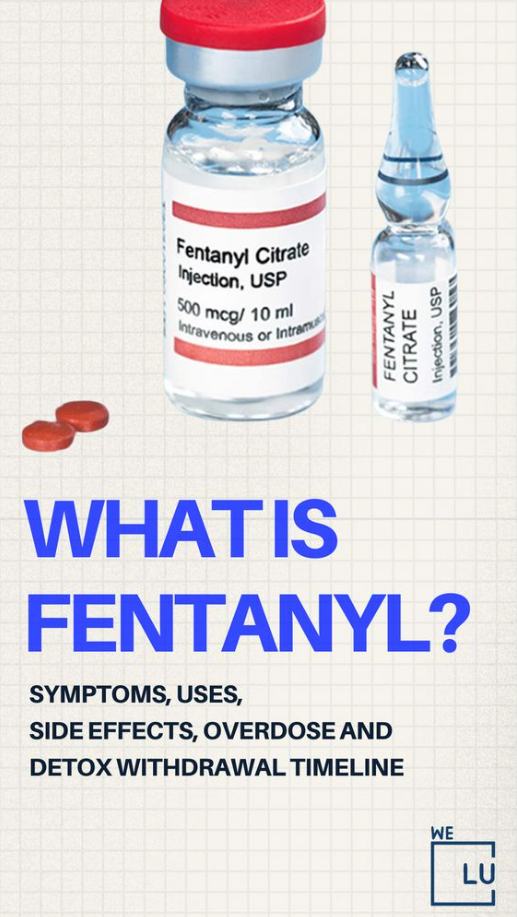
Skip To:
Learn More:
- What Does Fentanyl Look Like?
- What Is Fentanyl?
- How Long Does Fentanyl Stay In Your System
- Fentanyl Withdrawal
- Vicodin vs Norco, What’s The Difference & How Do They Compare?
- How Long Does Hydrocodone Stay in Urine?
- What is Norco? Norco Drug For Severe Pain Information
- The Dangers of Hydrocodone Addiction, Symptoms & Treatment
- Hydrocodone Side Effects, Uses, Addiction and More
- Is Oxycodone Addictive
- What Is Oxycodone?
- Oxycodone Side Effects
- Opiate Withdrawal
- Opioid Withdrawal Timeline
- Opioid Withdrawal Symptoms
- Tramadol vs Oxycodone: Which is Better? Side Effect Comparison
- Oxycodone Dosage Guide, Precautions, and Max Dose
- Oxycodone Vs Oxycontin. Differences & Similarities, Abuse & Treatment Options
Get Help. Get Better. Get Your Life Back.
Searching for Accredited Drug and Alcohol Rehab Centers Near You? We Level Up Texas Is Opening Soon!
Even if you have failed previously and relapsed, or are in the middle of a difficult crisis, we stand ready to support you. Our trusted behavioral health specialists will not give up on you. When you feel ready or just want someone to speak to about therapy alternatives to change your life call us. Even if we cannot assist you, we will lead you to wherever you can get support. There is no obligation. Call our network hotline today.
FREE Addiction Hotline – Call 24/7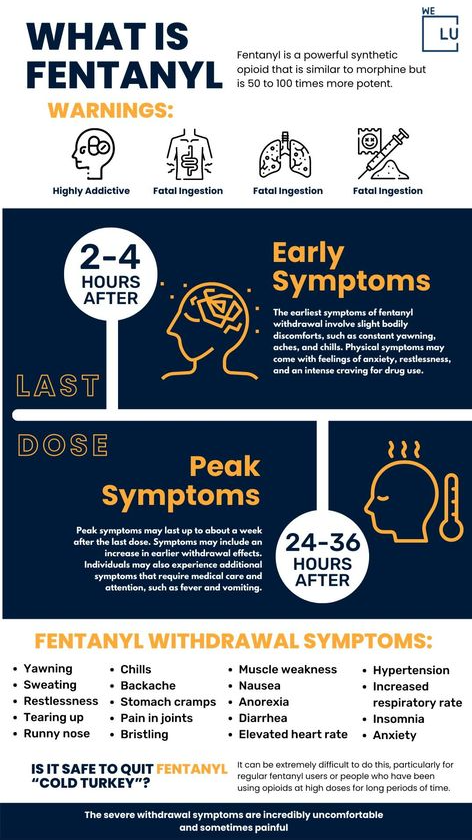
How Fentanyl Abuse Begins
Understanding the typical paths to fentanyl addiction is crucial for recognizing warning signs in yourself or a loved one, mainly if the opioid is prescribed. Often, the stories of painkiller addiction originate from legitimate prescriptions. Even when taken as directed, prolonged exposure to fentanyl alters brain function, leading to dependence on the drug for normal functioning.
Fentanyl changes the brain’s natural production of euphoria-inducing chemicals like dopamine. Acting as a substitute for dopamine, fentanyl causes the brain to reduce its production since the drug takes over. When fentanyl use stops, the central nervous system struggles to generate dopamine, making it challenging to experience pleasure until the body thoroughly detoxifies from the drug.
Breaking the brain’s reliance on substances like drugs or alcohol involves a period of withdrawal symptoms during the healing process. Withdrawal symptoms encompass both physical and psychological effects, making it challenging to manage alone. In severe abuse cases, attempting detox without medical assistance can even be life-threatening due to intensified withdrawal symptoms. Seeking medical detox from a reputable treatment center is strongly recommended.
Symptoms of Fentanyl Overdose
- Profound drowsiness, lethargy, lightheadedness, or dizziness.
- Severe challenges with balance, walking, and reduced motor coordination.
- Reports of nausea and vomiting.
- Substantial mental state alterations include slurred speech, slowed thought processes (observed through prolonged speech), confusion, irrational behavior, and aggression.
- Pinpoint pupils, bluish or purplish lips, hands, feet, fingernails, and toenails.
- Noticeable slow or shallow breathing, potentially leading to the cessation of breathing or gurgling sounds.
- Significant drop in blood pressure and heart rate.
- Loss of consciousness or entering a comatose state.
The lethal effects resulting from a fentanyl overdose primarily occur due to the drug’s substantial suppression of the respiratory system, often leading to difficulty or complete cessation of breathing, caused by its central nervous system depressant effects.
Get Help. Get Better. Get Your Life Back.
Searching for Accredited Drug and Alcohol Rehab Centers Near You? We Level Up Texas Is Opening Soon!
Even if you have failed previously and relapsed, or are in the middle of a difficult crisis, we stand ready to support you. Our trusted behavioral health specialists will not give up on you. When you feel ready or just want someone to speak to about therapy alternatives to change your life call us. Even if we cannot assist you, we will lead you to wherever you can get support. There is no obligation. Call our network hotline today.
FREE Addiction Hotline – Call 24/7What to do if Someone Overdoses on a Fentanyl High
- Immediately contact medical emergency services (call 911).
- Refrain from attempting CPR or giving medications unless adequately trained.
- If the individual is breathing, place them on their side to prevent choking in case of vomiting.
- Trained responders can position the person in the standard recovery stance, ensuring open airways.
- Avoid giving any fluids; stay with the person and monitor their breathing until help arrives.
- Naloxone (brand name: Narcan), if available and administered by trained individuals, can potentially save a person’s life. Naloxone functions as an opioid antagonist, binding to brain opioid receptors, displacing any opioids present, and triggering an immediate withdrawal response. Swift administration of naloxone can avert a potentially fatal situation.
How Long Does a Fentanyl High Last?
The period during which fentanyl exerts its effects and lingers within the body can vary significantly. Similar to heroin, fentanyl is classified as a short-acting opioid, resulting in effects that persist for a shorter duration compared to long-acting opioids such as methadone.
Duration of Effects:
- Fentanyl’s effects range from 30 minutes to 3 days, contingent upon the dosage and method of administration.
- Factors influencing its impact include the onset speed, intensity, duration, and presence in the body.
Method of Consumption:
- The mode of drug intake significantly influences the effects and propensity for addiction.
- Rapid ingestion methods like smoking or injection facilitate swift entry into the bloodstream and quick access to the brain.
- Slower absorption occurs through mucous membranes in the mouth or nose, while ingestion requires passage through the digestive system.
Different Delivery Methods:
- Injection: Effects from injected fentanyl may last 30 minutes to 1 hour.
- Oral/Nasal Absorption: Transmucosal fentanyl can result in effects for 2 to 4 hours.
- Skin Application: Transdermal fentanyl absorbed through the skin may persist for 72 hours.
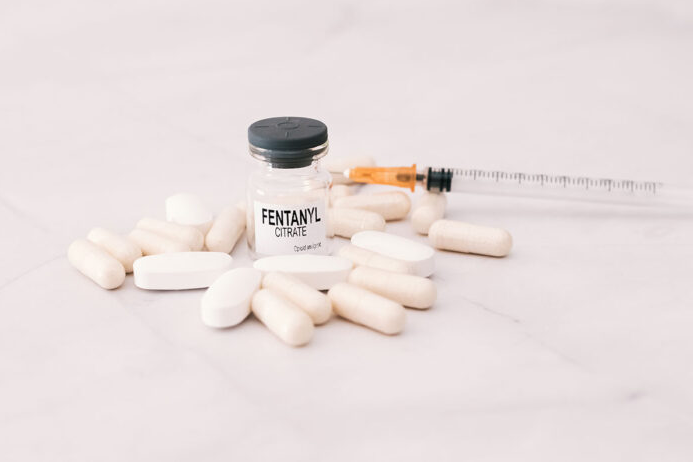
Opening Soon! First-Class Facilities & Amenities
World-Class High-Quality Addiction & Mental Health Rehabilitation Treatment
Coming Soon! Rehab Centers TourRenowned Addiction Centers. Serene Private Facilities. Inpatient Rehab Programs Vary.
FREE Addiction Hotline – Call 24/7Proven recovery success experience, backed by a Team with History of:
15+
Years of Unified Experience
100s
5-Star Reviews Across Our Centers
10K
Recovery Success Stories Across Our Network
- Low Patient to Therapist Ratio
- Onsite Medical Detox Center
- Comprehensive Dual-Diagnosis Treatment
- Complimentary Family & Alumni Programs
- Coaching, Recovery & Personal Development Events
Fentanyl Addiction Treatment
Helping the over 2.5 million Americans who are dependent on opioids requires a treatment program that is well-versed in painkillers and knows how to alleviate withdrawal symptoms. Programs range in duration and intensity, so it’s crucial to do homework to discover the right fit.
Listed below are a few of the most popular treatment choices.
Upon completing detox, individuals may undergo various therapies and treatments as part of an extensive treatment plan. Rehab after detox is crucial for addressing underlying addiction causes. Rehab occurs in different settings:
- Residential or Inpatient Rehab: This involves residing onsite throughout treatment, receiving constant care, and participating in diverse therapies. Suited for severe addiction cases or those lacking supportive home environments.
- Outpatient Rehab: Requires traveling to the facility for treatment and returning home afterward. Suitable for individuals with supportive environments and reliable transportation.
Ongoing medication maintenance is integral for maintaining sobriety and averting relapse. Medications like methadone, buprenorphine, or naltrexone may be part of this maintenance. Naltrexone, functioning as an opioid antagonist, blocks opioid effects, preventing highs if opioids are used again.
Treatment for opioid use disorder encompasses diverse therapies and supports:
- Counseling: Addresses addiction-related issues.
- Behavioral Therapies: Cognitive-behavioral therapy (CBT), contingency management (CM), or motivational interviewing foster positive behavioral changes.
- Family Therapy: Repairs relationships affected by addiction.
- Vocational Training: Assists in employment post-rehab.
- Case Management: Aids with social services such as securing basic needs and legal aid, allowing individuals to focus on recovery.
Aftercare is essential for ongoing recovery. Post-treatment, participating in individual counseling, mindfulness-based relapse prevention (MBRP), attending support groups like Narcotics Anonymous (NA), utilizing recovery apps, or engaging in recovery management checkups with treatment providers are beneficial.
Comprehensive treatment should address substance use and associated medical, psychological, social, vocational, and legal issues tailored to individual needs.
Why Choose Level Up Treatment Center?
At Level Up Treatment Center, our dedicated team of professionals is committed to guiding you through every step of your recovery journey. We prioritize your well-being and provide a nurturing environment conducive to healing and growth.
Take the first step towards recovery today. Contact us to begin your journey to a drug-free life. You don’t have to face addiction alone—we are here to help you reclaim control and achieve lasting sobriety.
Start a New Life
Begin with a free call to an addiction & behavioral health treatment advisor. Learn more about our dual-diagnosis programs. The We Level Up treatment center network delivers recovery programs that vary by each treatment facility. Call to learn more.
- Personalized Care
- Caring Accountable Staff
- World-class Amenities
- Licensed & Accredited
- Renowned w/ 100s 5-Star Reviews
We’ll Call You
How Long Do Opiates Stay in Your System?
Search We Level Up TX How Does Fentanyl Make You Feel? Short & Long Term Effects Topics & Resources
Sources
- Accidental exposures to fentanyl patches continue to be deadly to children. (2021).
https://www.fda.gov/consumers/consumer-updates/accidental-exposures-fentanyl-patches-continue-be-deadly-children How Does Fentanyl Make You Feel, what does fentanyl feel like, fentanyl high, high on fentanyl, how long does fentanyl high last – Related Articles - Duragesic (fentanyl transdermal system). (2021).
https://www.janssenlabels.com/package-insert/product-monograph/prescribing-information/DURAGESIC-pi.pdf How Does Fentanyl Make You Feel, what does fentanyl feel like, fentanyl high, high on fentanyl, how long does fentanyl high last – Related Articles - Facts about fentanyl. (n.d.).
https://www.dea.gov/resources/facts-about-fentanyl - Fentanyl. (2019). How Does Fentanyl Make You Feel, what does fentanyl feel like, fentanyl high, high on fentanyl, how long does fentanyl high last – Related Articles
https://www.deadiversion.usdoj.gov/drug_chem_info/fentanyl.pdf - Fentanyl. (2020). How Does Fentanyl Make You Feel, what does fentanyl feel like, fentanyl high, high on fentanyl, how long does fentanyl high last – Related Articles
https://www.dea.gov/sites/default/files/2020-06/Fentanyl-2020_0.pdf - Fentanyl overdose symptoms, signs & treatment. (2021). How Does Fentanyl Make You Feel, what does fentanyl feel like, fentanyl high, high on fentanyl, how long does fentanyl high last – Related Articles
https://americanaddictioncenters.org/fentanyl-treatment/symptoms-associated-with-a-fentanyl-overdose - Fentanyl side effects. (2019). How Does Fentanyl Make You Feel, what does fentanyl feel like, fentanyl high, high on fentanyl, how long does fentanyl high last – Related Articles
https://americanaddictioncenters.org/fentanyl-treatment/side-effects - How much fentanyl will kill you? (2018). How Does Fentanyl Make You Feel, what does fentanyl feel like, fentanyl high, high on fentanyl, how long does fentanyl high last – Related Articles
https://www.harmreductionohio.org/how-much-fentanyl-will-kill-you-2/ - Synthetic opioid data. (2021).
https://www.cdc.gov/drugoverdose/data/fentanyl.html - What is fentanyl? (2021).
https://www.cdc.gov/drugoverdose/opioids/fentanyl.html



